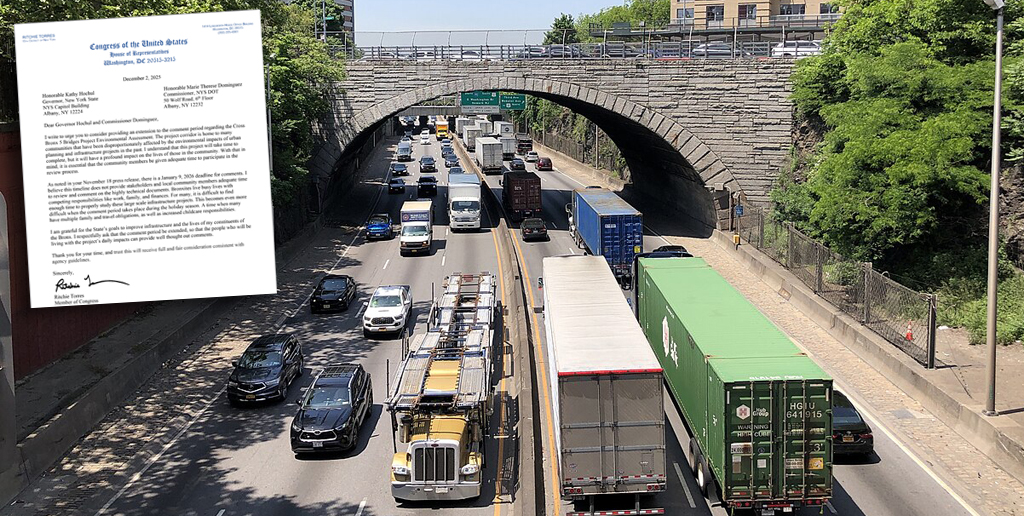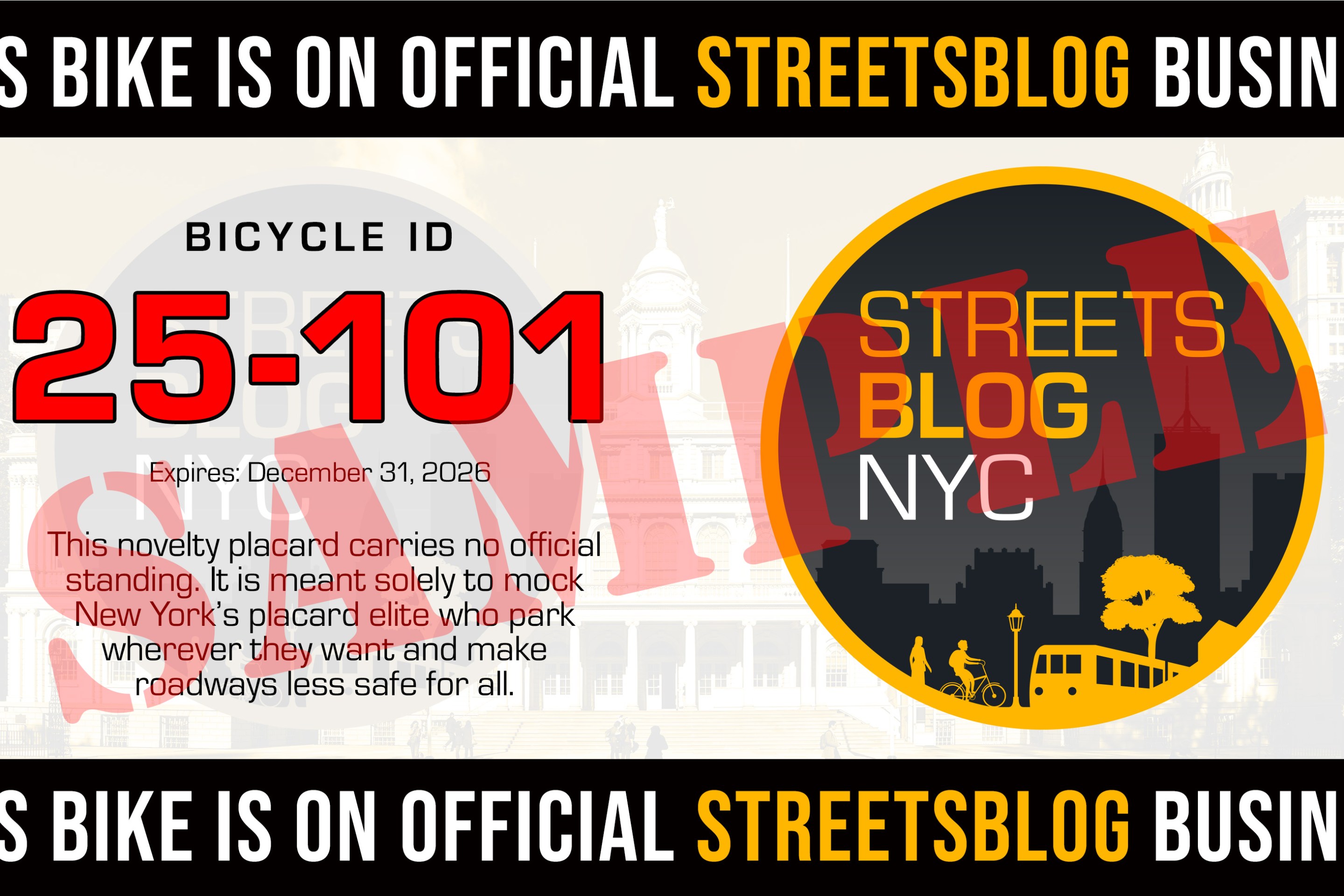Like everyone else, Safe Routes to School advocates are scaling back. Last year, a bill introduced in the Senate asked for $600 million to enhance pedestrian and bike safety near schools. “We were working in a pretty different environment,” said Margo Pedroso, deputy director of the Safe Routes to School National Partnership. “Everybody was talking about a $500 billion transportation bill. So we figured, we don’t know what the full bill will be in the end, but let’s go for the funding we feel like we need.”
This week, 12 Democratic Senators introduced a bill to maintain current funding for Safe Routes to School at $183 million and keep it as a standalone program.
Those seem like reasonable goals, but even they will be a haul. The next reauthorization, as we’ve been amply warned, may be even smaller than the last one, given low revenues. And everyone from the administration on down is in favor of consolidating programs, meaning Safe Routes to School would be one piece of a much bigger pie called “Livability.”
It’s also telling that the Partnership couldn’t get a single Republican co-sponsor on the bill. Last time around, they had three. But this time, with everything getting cut, GOP lawmakers were reluctant to “play favorites” and recommend one program for sustained funding. And with the reauthorization process well underway, the Partnership didn’t want to wait any longer to try to attract GOP sponsors. They moved the bill forward with Sens. Tom Harkin (D-IA), Bernie Sanders (D-VT) and Jeff Merkley (D-OR) taking the lead.
Safe Routes to school pulls communities together to identify trouble spots that prevent parents from feeling safe letting their kids walk or bike to school. Sometimes it means building or widening a sidewalk. Sometimes parents create “walking school buses,” where an adult accompanies a whole gaggle of kids on their walk. Sometimes it means raising crosswalks or calming traffic or installing flashing School Zone signs. In communities where crime or harassment is the biggest deterrent, SRTS works with police to address personal safety.
In some communities, Pedroso acknowledges, walking to school just isn’t an option. So the new bill allows for 10 percent of SRTS funds to be spent on safe routes to bus stops. “In really, really rural communities where kids live miles and miles from school, they’re not going to be able to walk or bike to school,” said Pedroso. “What they’re often struggling with is safety getting to the bus. And they may be walking on these county roads where there are no shoulders, no lighting, they’re right up against the tree line, and there’s really not a safe place for them.”
SRTS currently only applies to grades K through 8, but the Partnership aims to change that. Included in the Senate bill is language to expand limited eligibility to high schools, but only in partnership with an elementary or middle school. “In many communities, the high school and the junior high are built very close together,” said Pedroso. “So if you’re putting in a mile of sidewalk, for example, to a junior high and the high school is just a quarter mile away, it makes sense to do that extra quarter mile because you can serve a larger group of kids.”
In the last Congress, the bill would have simply expanded eligibility to include high schools without limitations.
One inclusion in the bill that’s sure to please many Republicans who have been looking to trim spending and reduce project delays is a provision to address “regulatory burden.” Indeed, Pedroso says, despite the categorical exclusion for bike and pedestrian projects from the mandate for environmental review, many times SRTS projects had to go through many bureaucratic hurdles for even the smallest of projects.
The language that created Safe Routes to School stipulated that SRTS projects be treated like federal aid highways, forced to meet the highest review standards. “These regulations were designed with large-scale, complicated construction projects in mind,” said Pedroso. “When you’re applying them to a couple-hundred-thousand-dollar sidewalk project that’s usually within the right-of-way of an existing road, that’s a lot of paperwork, and for the size of the grant, a big percentage of that is being spent on regulatory compliance.”
States were making project recipients prove they were exempt from environmental review. AASHTO is producing a best-practices guide for states to implement SRTS projects. “It would help to have clarification that for non-infrastructure projects you don’t have to fill out construction paperwork. That actually does happen. You get a $5,000 bicycle and pedestrian safety education grant and you’re filling out construction paperwork for it.”
The bill is technically a proposal to amend SAFETEA-LU, but since SAFETEA-LU is at the end of its life span, it will be considered as part of the reauthorization debate for the whole surface transportation program. It’s been referred to the Environment and Public Works Committee.







